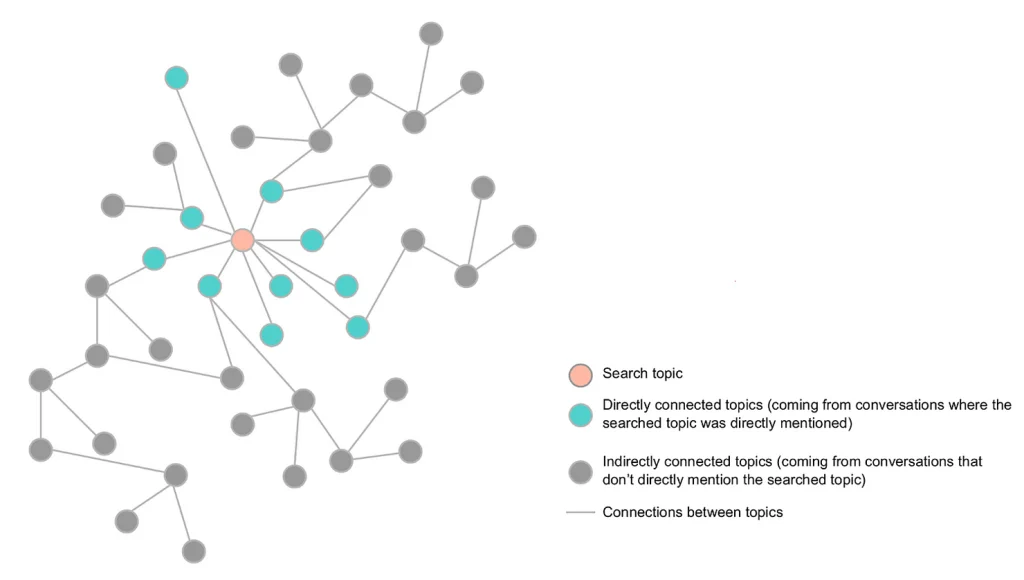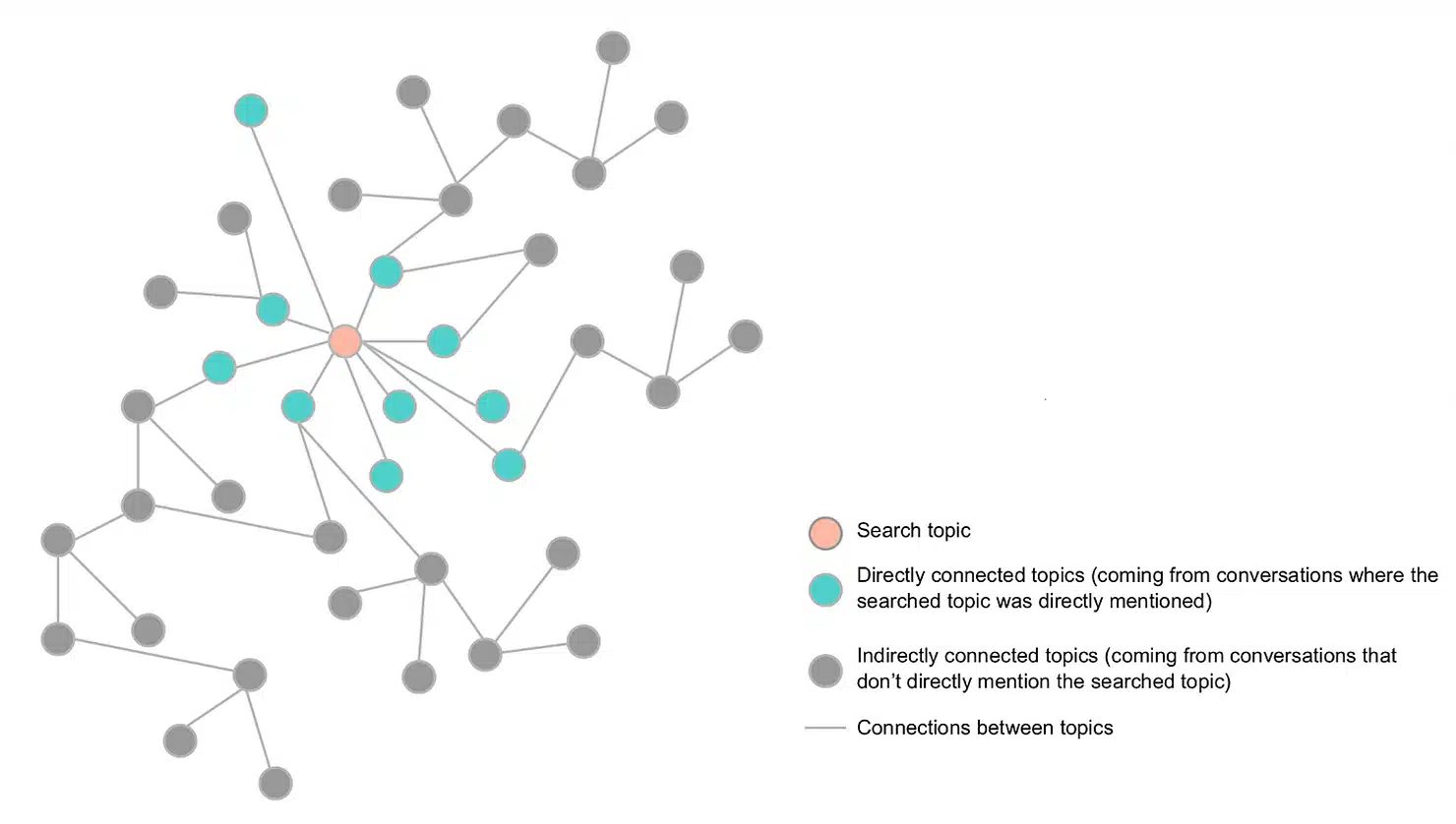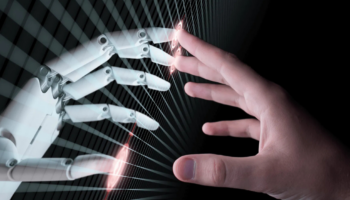Case Study
Contextual Intelligence: The key to MotivBase’s AI Ethnography
By:
EVP & Group Director, Anthropology
Read the Full Article
Unlike most social data analysis tools that focus on finding patterns in consumer comments and engagements that directly mention a search term, MotivBase understands that to truly decode culture (and conduct an immersive ethnography), it needs to go beyond direct mentions to understand the universe of topics or meanings surrounding a search term (discussed by consumers in the context of the search term).

Which means, MotivBase doesn’t just analyze topics directly connected to the search term, but also analyzes the impact of topics indirectly connected through other topics. In essence, MotivBase doesn’t just analyze the immediate family, but also analyzes the cousins and their families and so on. This is what allows MotivBase to truly decode the meanings behind topics and trends.
So when MotivBase scrapes consumer conversations, it does not store those conversations. Rather, it stores the topics resulting from these conversations, and of course, the nature of relationships between them (volume, frequency, semantic distance etc.)

Thank you!
Case Study
Contextual Intelligence: The key to MotivBase’s AI Ethnography
By:
EVP & Group Director, Anthropology
Read the Full Article
Unlike most social data analysis tools that focus on finding patterns in consumer comments and engagements that directly mention a search term, MotivBase understands that to truly decode culture (and conduct an immersive ethnography), it needs to go beyond direct mentions to understand the universe of topics or meanings surrounding a search term (discussed by consumers in the context of the search term).

Which means, MotivBase doesn’t just analyze topics directly connected to the search term, but also analyzes the impact of topics indirectly connected through other topics. In essence, MotivBase doesn’t just analyze the immediate family, but also analyzes the cousins and their families and so on. This is what allows MotivBase to truly decode the meanings behind topics and trends.
So when MotivBase scrapes consumer conversations, it does not store those conversations. Rather, it stores the topics resulting from these conversations, and of course, the nature of relationships between them (volume, frequency, semantic distance etc.)
Let’s take a tangible example –
Let’s say Susie starts a conversation on a forum about “clean eating” and mentions how buying organic is a pre-requisite to eating clean. George responds to Susie’s comment, but doesn’t use the words “clean eating”. Instead, he talks about his family’s health, and his attempts at losing weight. Annette now responds, again without using the terms “clean eating”, and explains how she focuses on minimally processed foods.
In a true ethnography, an anthropologist would observe all these conversations and not ignore the responses of George and Annette because they didn’t use the terms “clean eating”. This is because George and Annette are playing an important role in defining the meanings created in culture around the topic of “clean eating”, just as Susie is by starting the conversation. Most technologies would ignore George and Annette’s response, but MotivBase’s Contextual Mapping algorithm understands that these conversations are all happening within the same context. That’s why it takes all the responses into account, and converts them into topics, and calculates the semantic distance between the various topics and the searched topic of “clean eating” and reports this temporally (as seen is the screenshot below).







